Skeleton Lake of Roopkund, India – A Mystery Demystified
In 1942 a British forest guard in Roopkund, India made an alarming discovery. Some 16,000 feet above sea level, at the bottom of a small valley, was a frozen lake absolutely full of skeletons. That summer, the ice melting revealed even more skeletal remains, floating in the water and lying haphazardly around the lake’s edges. Something horrible had happened here.
The immediate assumption (it being war time) was that these were the remains of Japanese soldiers who had died of exposure while sneaking through India. The British government, terrified of a Japanese land invasion, sent a team of investigators to determine if this was true. However upon examination they realized these bones were not from Japanese soldiersthey weren’t fresh enough.
It was evident that the bones were quite old indeed. Flesh, hair, and the bones themselves had been preserved by the dry, cold air, but no one could properly determine exactly when they were from. More than that, they had no idea what had killed over 200 people in this small valley. Many theories were put forth including an epidemic, landslide, and ritual suicide. For decades, no one was able to shed light on the mystery of Skeleton Lake.
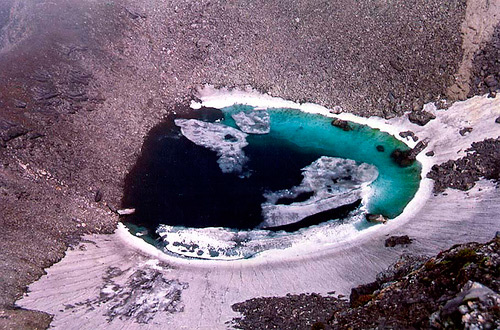
As it turns out, all the bodies date to around 850 AD. DNA evidence indicates that there were two distinct groups of people, one a family or tribe of closely related individuals, and a second smaller, shorter group of locals, likely hired as porters and guides. Rings, spears, leather shoes, and bamboo staves were found, leading experts to believe that the group was comprised of pilgrims heading through the valley with the help of the locals.
All the bodies had died in a similar way, from blows to the head. However, the short deep cracks in the skulls appeared to be the result not of weapons, but rather of something rounded. The bodies also only had wounds on their heads, and shoulders as if the blows had all come from directly above. What had killed them all, porter and pilgrim alike?
Among Himalayan women there is an ancient and traditional folk song. The lyrics describe a goddess so enraged at outsiders who defiled her mountain sanctuary that she rained death upon them by flinging hailstones hard as iron. After much research and consideration, the 2004 expedition came to the same conclusion. All 200 people died from a sudden and severe hailstorm.
Trapped in the valley with nowhere to hide or seek shelter, the “hard as iron cricket ball-sized [about 23 centimeter/9 inches diameter] hailstones came by the thousands, resulting in the travelers’ bizarre sudden death. The remains lay in the lake for 1,200 years until their discovery.
Roopkund is one of the most enticing and fascinating places of the world. Situated in the isolated corners of the greatest mountains of Himalayas at a height of about 5029 meters equalizing at about 16500 feet, it is a creation that nature has brought about in quite an interesting manner. People tend to locate it in the Indian state of Uttarakhand. Roopkund has an inscrutability and vagueness that has decepted multiple generations of fortune tellers.
Roopkund is better off known as The skeleton lake due to the presence of an enormous grave that holds about 300 to 600 skeletons. This discovery has revolutionized the world of ancient history ever since 1942, when a park ranger came across this mass deposition of bones. It probably is an in-accessible frozen lake that requires about four day travel to reach from the nearest locality. Recently, it has become an important spot for the visitors as they learn and conjecture this advent of science.
Through carbon dating tests, it has been experimentally estimated that these skeletons belong to anytime between 12th and 15th century. It is primarily believed that the deaths were caused by some kind of natural disaster like a blizzard, landslide or any bacterial disease. However, this topic still remains controversial among the residents, anthropologists and paleontologists of modern times.
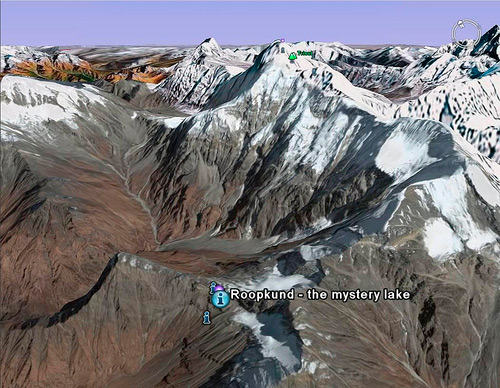
More recently in 2004, a team of European and Indian scientists sent by The National Geographic Channel visited Roopkund to carry on with the probe. Their research has unearthed interesting hints and information. Part of their findings includes anthropological treasures like well-preserved corpses, jewelry, bones and skulls belonging to the dead.
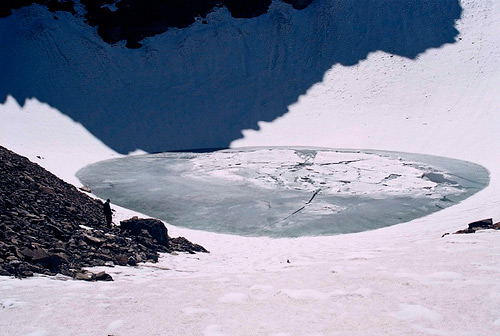
A fresh set of radio carbon dating was carried out on the bodies to reveal that the previous dating had come up with incorrect chronological data. The dead are ascribed a new 9th century date. The scientists of London and Hyderabad examined the skulls closely to find out fractures, which they deem to be the result of an abrupt hailstorm. The hails were unusually large in volume about the size of a tennis ball each!
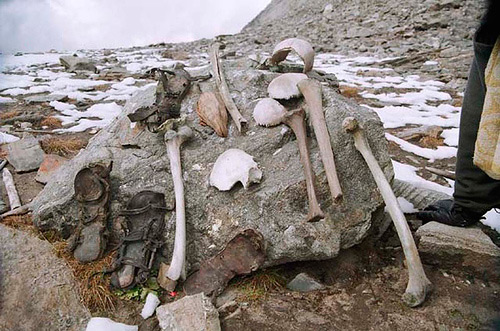
Even if the dating and possible causes behind such tragic death have been hinted at, the mystery continues about a different aspect of the Skeleton Lake. It still puzzles experts to think about where these people were going. Roopkund was never a historically significant region and no traces of any trade routes have been found to Tibet nor could it possibly be a site for pilgrimage to attract large groups of people.
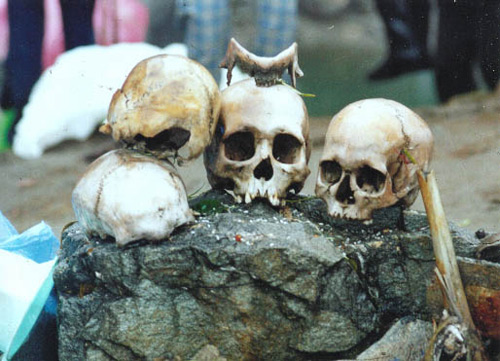
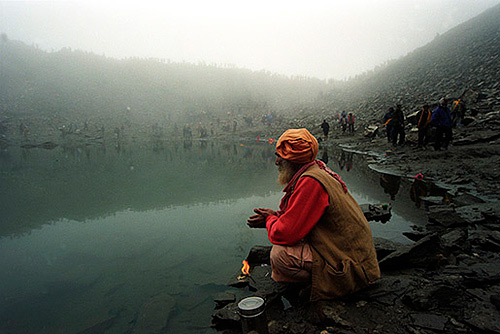
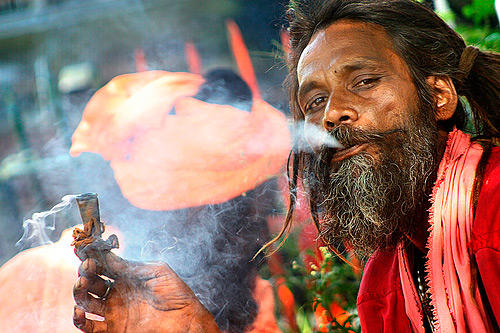
Article Link
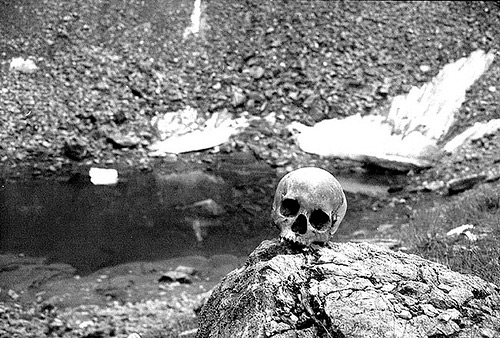

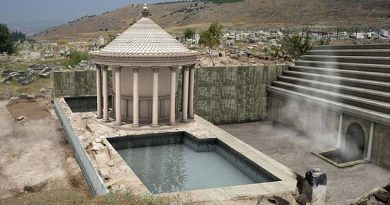
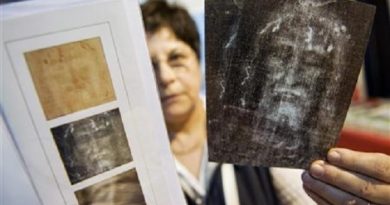
Maybe the water was thought to be holy or a fountain of youth or health.
A possible theory might be that the water was thought to be holy or thought to have healing properties.
Email me if you want more details about this theory.